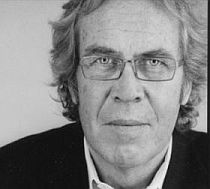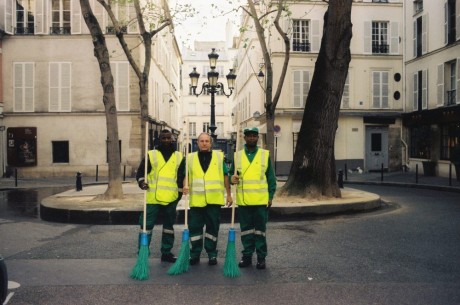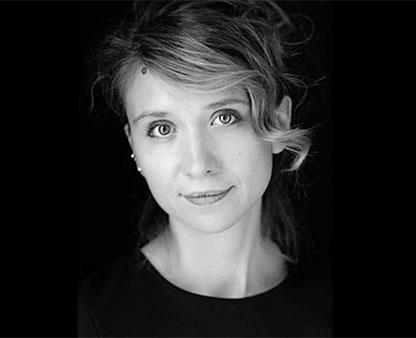
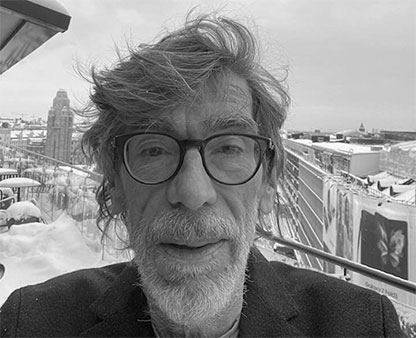
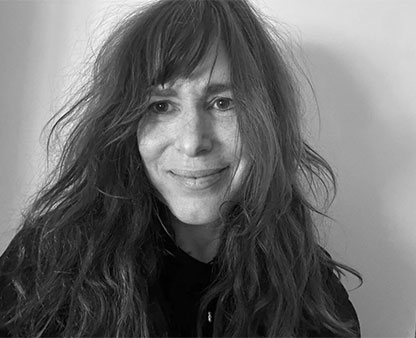
IDFF Artdocfest / Riga announces winners
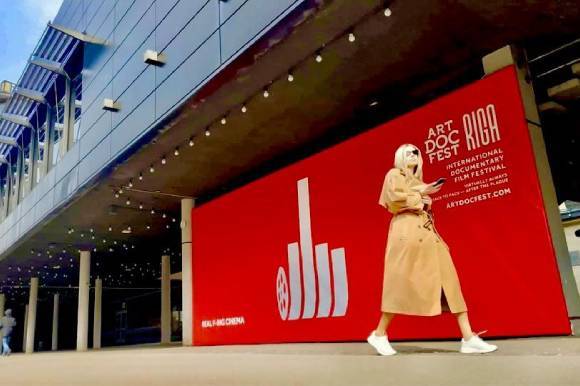
With permission from FilmNewEurope and its Latvian correspondent Zane Balčus, we bring her article about:
Riga: International Documentary Film Festival Artdocfest / Riga run from 28 April to 3 May in Riga and outside the city. The main prize of the Artdocfest competition was awarded to the film Silent Voice, directed by Reka Valerik (a pseudonym of the director to conceal the identity of a filmmaker for the safety reasons). The film focuses on a young wrestler from Chechnya, who faces death threats due to his homosexuality and is forced to relocate to Brussels.
The main prize of the Baltic Focus competition was awarded to Restless Memories by Latvian director Elīna Lange-Ionatamishvili, who created a portrait of two children who live in the 2008 Georgia-Russia war refugee village.
As the cinemas in Latvia are still closed, the films of the programme were screened for a limited number of audiences consisting of one household in various venues (a farm, a film studio, a women’s prison, and others) followed by Q&A with film’s director. The rest of the screenings are planned to be held in August in cinemas.
The festival has two competition sections – an Artdocfest competition (with 21 films) and Baltic Focus competition (films produced in or co-produced with Baltic countries, 10 films). The main award of the Baltic Focus competition is named Herz, honouring Latvian documentary filmmaker Hercs Franks (1926 – 2013).
The jury of the international competition gathered in Riga. The jury members were Russian film critic, editor of the film magazine Iskusstvo kino Anton Dolin, Latvian film critic, the director of the National Film Centre of Latvia Dita Rietuma, and journalist of music and politics Artemy Troitsky, who is currently based in Estonia. Baltic Focus competition jury worked remotely, and it was formed by documentary film consultant Tue Steen Müller (Denmark), director Alina Rudnitskaya (Russia), and associate professor of University of Cagliari Massimo Tria (Italy).
Full list of winners:
Artdocfest Competition
Grand prix
Silent Voice (France/ Belgium, 2020)
Directed by Reka Valerik
Best Director
Viktor Kossakovsky for Gunda (Norway/ USA, 2020)
Special mention
The Earth is Blue as an Orange / Земля блакитна, ніби апельсин (Ukraine/ Lithuania)
Directed by Iryna Tsilyk
Co-produced by Moonmakers
Baltic Focus Competition
Main Award
Restless Memories / Nemierīgās atmiņas (Latvia, 2020)
Directed by Elīna Lange-Ionatamishvili
Produced by Mistrus Media
Co-produced by Latvian Academy of Culture
Best Director
Giedrė ickytė for The Jump / Šuolis (Lithuania/ Latvia/ France, 2020)
Produced by Moonmakers
Co-produced by VFS Films
Supported by the Lithuanian Film Centre, the National Film Centre of Latvia
Special mention
One Life / Vienas gyvenimas (Lithuania)
Directed by Marija Stonytė
Produced by Moonmakers
Supported by the Lithuanian Film Centre
Artdocfest was established in Russia in 2007. Since 2015 it was partnering with Riga International Film Festival as a non-competitive section of documentary films, but since 2018 it was running as an international documentary competition section within Riga IFF. The first single standing festival was planned to run in November/ December 2020, but was postponed to late April 2021 due to pandemic. Along the film screening, the festival also had a symposium dedicated to theoretical discussions on documentary cinema.
